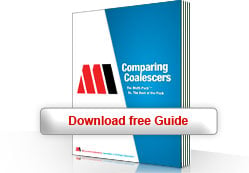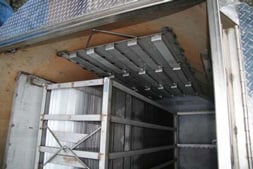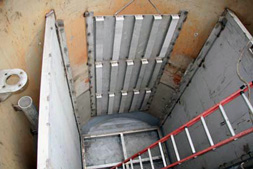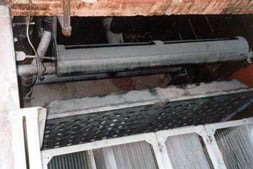 Retrofitted Oil Water Separators - API Retrofit
Retrofitted Oil Water Separators - API Retrofit
Effluent requirements have changed over the years. When dated technologies are still in use, end users may need to adapt the way they treat their wastewater in order to consistently meet their effluent limitations for hydrocarbons, TSS, and BOD.
Many facilities are still using old concrete or steel API separators to treat their wastewater. An "API" type separator is basically a long rectangular tank or channel (without coalescers) that has been built to a certain length, width and height dimension, per a given flow rate. The specific design criteria can be found in the API Manual on Disposal of Refinery Wastes (volume on liquid wastes--Chapter 5).
Even the API publication 421, a manual on Design and operation of Oil/Water Separators introduced in 1990, admits that the old API design standards may need to make way for new designs. The need for an evolution in design emerged due to the advent of "enhanced gravity" plate coalescers that began to be introduced to Oil Refineries in the 1950's.
Mercer has retrofitted many existing inefficient API units into state-of-the-art "enhanced gravity" separators. This is done by incorporating our engineered inlet and outlet flow distribution systems in conjunction with our world-class Multi-Pack™ coalescer. We custom design the components to snuggly fit into the existing concrete or steel API tanks. Mercer can easily design a system to upgrade your existing API unit to increase both efficiency and capacity.
We can offer automation as well. Mercer can supply the level alarm functions and automatic oil skimming equipment and other options/accessories that are desired.
Send us your API separator drawings and let us show you how you can easily upgrade your system to effectively treat your plant's wastewater.






